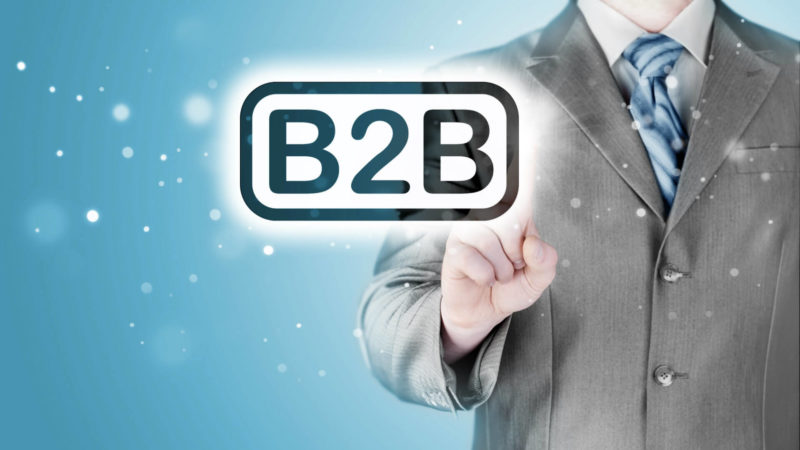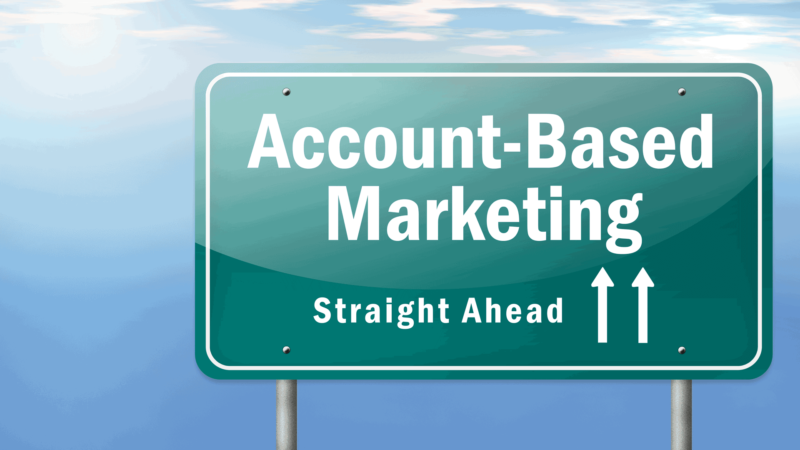Top B2B lead nurturing strategies for 2018
Does your B2B lead generation program need a reboot? Contributor Natasha Humphrey shares three ways to boost your lead nurturing strategies in 2018.

The New Year is about resolving to make improvements in life and in business. Improving lead quality is one of the biggest challenges for any business-to-business (B2B) lead generation program. Here are my top three lead nurturing strategies for the new year.
1. Improve sales and marketing alignment
We all know how long the B2B sales cycle can be. Add in misalignment between sales and marketing, and that sales cycle just became your worst nightmare. To stop the leaky sales funnel, we need to facilitate communication and integration between sales and marketing. Here are three simple ways to do that:
- Invite marketing to sit in on sales calls. Listening to actual conversations with prospects helps marketers better understand the customer decision process and appreciate the challenges faced by the sales team.
- Encourage sales and marketing teams to ask each other clarifying questions about what defines a ‘qualified’ lead. This type of communication enables the collective team to define a common set of standards, requirements and lead labels.
- Encourage sales to share notes and customer relationship management (CRM) details. Again, this helps marketers understand the sales process more deeply and the challenges encountered in moving a prospect through the sales funnel.
2. Implement an ABM strategy
Account-based marketing (ABM) is certainly a hot topic in B2B. If you want to compete successfully in today’s market, an ABM strategy is a must.
If your New Year’s resolution involves implementing account-based marketing, this will help you get started:
- Identify key accounts. Think in terms of company size, annual revenue, location, industry, types of customers they serve and problems they solve.
- Determine content needs. When determining content needs for your various buyer personas, ask yourself the following questions:
- What is this person’s role?
- What do they care about?
- What is their communication preference?
- Where do they typically consume information?
- What are their challenges?
- What are their goals?
- How can I help them achieve these goals?
Now that you have identified target companies, buyer personas and content needs, you can build a personalized content strategy. Customize your messages for each stage of the buyer journey and determine which channels you will use to reach your target prospects.
The degree of message customization can vary greatly. Some companies create a personalized website experience based on their ABM strategy. Others test customized sales offers such as offering a free assessment or audit in exchange for an introductory call or meeting.
- Determine your paid media plan. LinkedIn Matched Audiences, Twitter Tailored Audiences and Google Customer Match are all great ways to reach your identified prospects. As part of your ABM strategy, serve customized ad copy tailored to each prospect as they move through their customer journey.
Email is also a very effective ABM tactic. You can send highly personalized emails and tailor the message as prospects move through their research and buying steps.

3. Move to predictive lead scoring
In 2018, the shift from traditional lead scoring to predictive will be key. In traditional lead scoring, marketers rank the importance of various data actions to understand intent and qualify leads. With traditional lead scoring, the rank is subjective and susceptible to human error. This often leads to lost opportunities and revenue.
The move to predictive lead scoring reduces error and increases lead quality. With this approach, predictive modeling is used to forecast future behavior by analyzing historical and current data to generate a model with a high level of certainty. Predictive lead scoring uses your CRM and marketing automation solution to crunch data for each individual lead.
Consider these three factors as you move toward predictive lead scoring in 2018:
- Integrate lead scoring with the sales process. Lead Scoring is a sales and marketing methodology that ranks leads to determine value and buying phase. Leads can be ranked based on multiple factors such as interaction with website content, response to an email or a request for product information. The higher the score, the more likely the lead is to become a customer. Once your leads have been ranked, it is imperative that Sales and Marketing have a solid strategy to proactively interact with the lead throughout the various stages of the buying cycle.
- Integrate with your CRM platform. Maximize the value of your CRM platform and marketing automation tools. Determine the customer data that is most valuable to capture and what actions will trigger your marketing communications. For example, a trigger could be as simple as this: If a prospect has visited your website at least three times in the past 30 days, you will proactively email them a new case study.
- Evolve your scoring methodology. It’s critical to continually evolve your lead-scoring methodology over time. As you discover the highest-value actions, revise the score to reflect this increased value. For example, many companies learn that a visit to the Contact Us Page is more valuable than a visit to other webpages. Or you might discover that instead of ranking leads based simply on the number of emails opened, you should rank based on the website actions taken after the prospect clicked on the email.
Bottom line: A successful B2B digital marketing strategy is a must in 2018. What is your New Year’s resolution to improve lead quality?
Contributing authors are invited to create content for MarTech and are chosen for their expertise and contribution to the martech community. Our contributors work under the oversight of the editorial staff and contributions are checked for quality and relevance to our readers. MarTech is owned by Semrush. Contributor was not asked to make any direct or indirect mentions of Semrush. The opinions they express are their own.
Related stories
New on MarTech